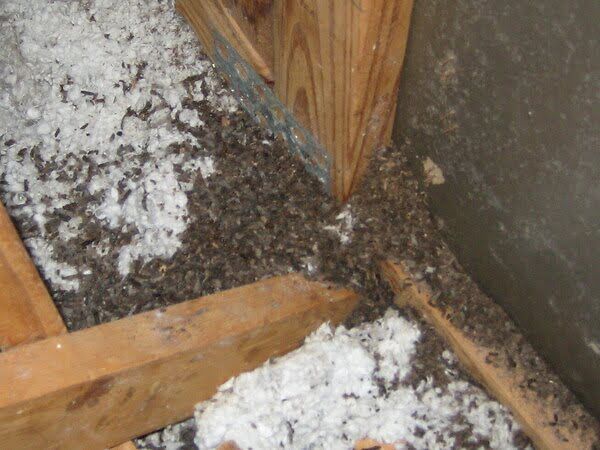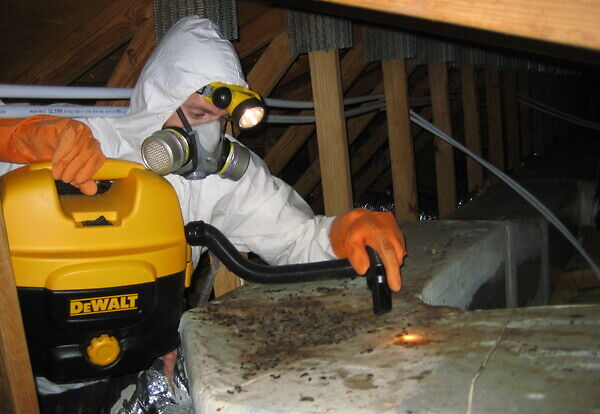About Wild Animal Waste
Sadly, one of the most important and time-consuming jobs to complete when you have had a wild animal invasion in your home is to clean up the animal waste. This will mean getting rid of poop and pee, as well as nesting material, decomposing matter, old food reserves, and maybe more. It might seem like an easy enough task but with certain wild animals, this simple job can get more than a little dangerous, and if you’re thinking of doing this task yourself, there are more than a few things you should be aware of.
Wild animal waste will include things like:
- Removing old pheromones and scents to prevent attracting further creatures.
- Cleaning up urine and poop in the insulation, as well as surrounding areas. In fact, any area the wild animal had access to.
- Getting rid of dead bodies trapped in the crevices of your walls.
- Eliminating bad odours caused by the animals.
- Getting rid of other pathogens, bacteria, and pests as a result of the animal invasion.
As you are probably aware now, this is going to be quite the troublesome task.




